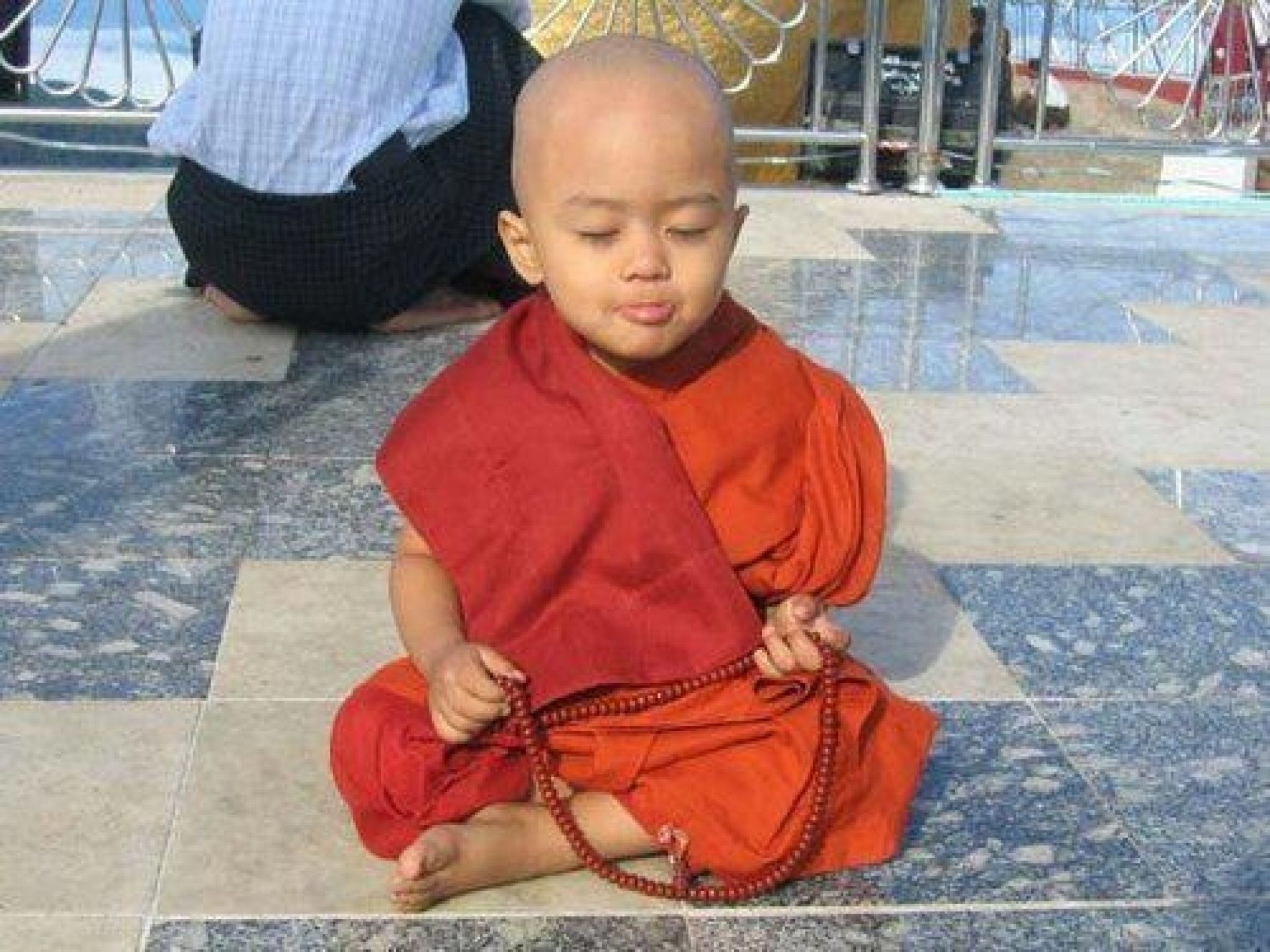Parents definitely want the best for their kids. We try to give our children everything that will make them happy and healthy. Meditation is a practice that we can teach youngsters because of its numerous benefits. Very few children meditate amid growing levels of stress and impatience among young boys and girls.
Recent studies revealed that kids who meditate likely develop positive qualities like more understanding, increased concentration in the classroom, respect for peers, and more self-control. Meditation also supposedly helps kids deal with demanding conditions which include ADHD or Attention-Deficit/Hyperactivity Disorder and depression.
Teach Children about Mindfulness
Teaching your kids mindfulness can produce short and long-term benefits. Yet, don’t force them to meditate. Otherwise, they may develop dislike for the practice. Be patient! Take a gradual approach. Give them a cool encouragement when it comes to learning meditation.
Meditation can turn out a powerful approach in appeasing your children, training them to control themselves, and growing them into vigorous and accomplished adults.
Benefits of meditation for Kids:
- Helps develop emotional strength and intelligence.
- Builds and fortifying self-confidence.
- Improves their capabilities to self-regulate behavior.
- De-stressing for academic achievements. The mind becomes calm. The body is undisturbed. The human body follows the mind. If the mind is tranquil, it can perform at its peak and the body will be healthy.
- Meditation can provide children a relaxed stress-free manner of thinking that can help generate resourcefulness and clarity.
- The practice supports wholesome emotional development. We can expect kids to encounter fears, frustrations, and tantrums along the way. Meditation can assist them in overcoming these trials. It allows youngsters to achieve their natural rhythm. At the same time, meditating is a way for them to deal with anxiety and disappointments.
- Finally, meditation can serve as an impetus for reaching their fullest potential. They will eventually realize that stress is something petty and problems won’t hinder their dreams to become successful in life.
No Formal Rules
There are no prescribed procedures in meditation. Nonetheless, these pointers can guide parents. The duration and frequency vary according to the person and preferred practice. However, experts recommend this length of time:
- Pre-school kids – Several minutes daily
- Grade-schoolers – 3 up to 10 minutes twice everyday
- Teens – 5 up to 45 minutes based on choice
Parents must lead by example and practice what they teach. To begin with, teach the child deep breathing. It is natural and helps the child meditating in returning to balance if he or she becomes agitated or overwhelmed.
Guided Meditation
Guided meditation makes a good technique in educating children about the rudiments of this revered practice.
The Balloon is a form of guided meditation that generates a visual element to the basic deep-breathing exercise. You can perform this either sitting down or standing. Follow these simple steps:
- Relax the body. Inhale and exhale slowly through your nose.
- Begin taking a slow and deep breath to full your stomach with air. It’s like blowing up a large balloon.
- Expand your abdomen as much as you can.
- Let the air out through your nose in a gradual manner.
- Tell the children to feel relax every time they exhale. They can make a hissing sound to slowly exhale like releasing air from the balloon.
- Continue the process for a few more minutes.
Follow the Leader is another popular technique.
It is suitable for children who are at least five years old. Ask your kid to imagine a very good friend whom he or she looks up to. Find out if your child is the leader or the follower. The leader is portrayed as the breath. The follower, on the other hand, is the mind. Follow these steps for the guided meditation:
- Sit down comfortably.
- Close your eyes.
- Pay attention to your breathing. Inhale deeply and exhale slowly.
- Allow your mind to follow the breath at all times.
- Focus only on the breathing.
- Count the breaths at the end of each exhale. Do not count before the action.
- Count from 1 up to 10 slowly. Continue allowing the mind to follow the breath.
There are other forms of meditation ideal for your kids. It’s all a matter of choosing one which the child will be fond of and perform properly.

